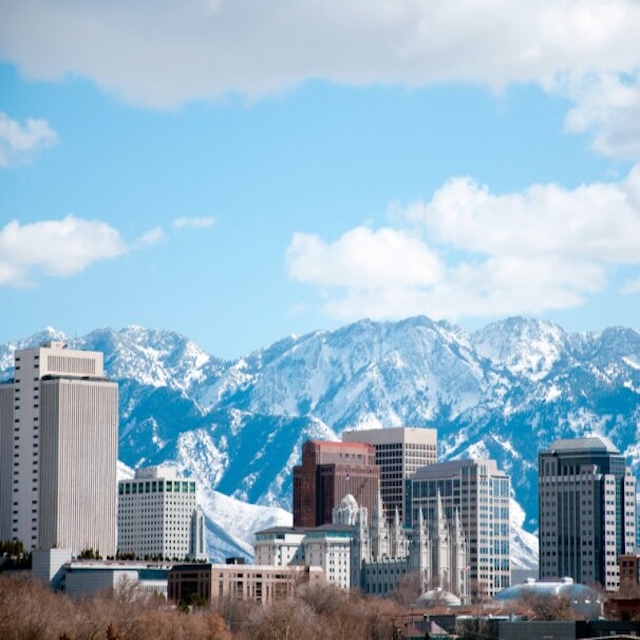U.S. Cities Remain Among the World’s Most Affordable

U.S. cities continue to rank among the most affordable in the world thanks to high income levels and fewer supply barriers, according to a new DWS Group report on global residential affordability.
Now in its second year, the analysis covers 80 urban markets worldwide, representing a combined population of approximately 350 million people. The report evaluates affordability using two key measures: the rental affordability ratio, which expresses net rent as a share of disposable household income, and residual spending power, or the income remaining after rent payments, adjusted for purchasing power parity (PPP).
Across all markets analyzed, the average rent-to-income ratio rose by nearly two percentage points to 38%, surpassing the widely accepted 30% affordability threshold. The increase was driven primarily by declining affordability in several global markets.
The report identified clear regional divides among major global regions, with North America remaining the most affordable, followed by Europe and the Asia-Pacific (APAC) region. Within the U.S., fast-growing, low-density Sun Belt cities have managed to maintain relative affordability despite strong population growth. High income levels and fewer barriers to new development have helped ease rental pressures in many of these markets.
Salt Lake City led all global markets in affordability with a rent-to-income ratio of 20%, followed by Austin (23%), Dallas (24%), and Atlanta (25%). Internationally, Leipzig and Brisbane both posted ratios of 23%, while Melbourne came in at 24%. These markets were described as “relatively balanced,” with rent levels, wage growth, and housing supply aligning to support stable affordability.
Some U.S. cities even experienced rental declines due to elevated new supply—though that trend is now moderating. Austin, for example, ranked second globally in affordability and recorded the steepest decline in asking rents nationwide.
At the other end of the spectrum, New York City remains among the world’s least affordable markets, with rent consuming more than half of the average household income, placing it alongside Hong Kong and London in that category.
When examining residual spending power, households across all markets retained an average of $4,000 in PPP-adjusted disposable income after paying rent—a 2.5% increase from last year. San Francisco ranked among global leaders, with residents retaining approximately $7,650 per month after housing expenses. The city remains a hub for ultra-high-net-worth individuals, with more than 500,000 millionaires and roughly 80 billionaires residing in the metro area, the report noted.
The study also spotlighted Miami and Salt Lake City as examples of dynamic U.S. markets undergoing economic transformation – Miami on the less affordable end of the spectrum and Salt Lake City on the more affordable end.
Miami has earned the moniker “Wall Street South,” fueled by a wave of financial firms and high-net-worth individuals migrating from New York and other coastal markets. Between 2020 and 2022, the metro area experienced a net influx of more than $9.5 billion in wealth. Employment growth in Miami has outpaced the national average since the pandemic, driven by the emergence of new high-paying office jobs.
“While New York remains the nation’s pre-eminent financial center, Miami’s growing influence challenges the notion that financial power must remain concentrated in traditional hubs,” the report said. “Miami’s success will depend on its ability to address talent gaps and other challenges while maintaining the business-friendly environment that initially attracted firms.”
Meanwhile, Salt Lake City—often referred to as “Silicon Slopes”—has evolved into a fast-growing technology hub. Over the past two decades, Utah’s capital has attracted significant investment, companies, and talent from larger coastal cities. The region’s median income now exceeds the national average, and its population has grown 12.4% over the past decade, nearly double the national rate of 6.4%. Beyond its tech base, manufacturing and tourism also play important roles in Salt Lake City’s diversified economy.
Source: GlobeSt/ALM